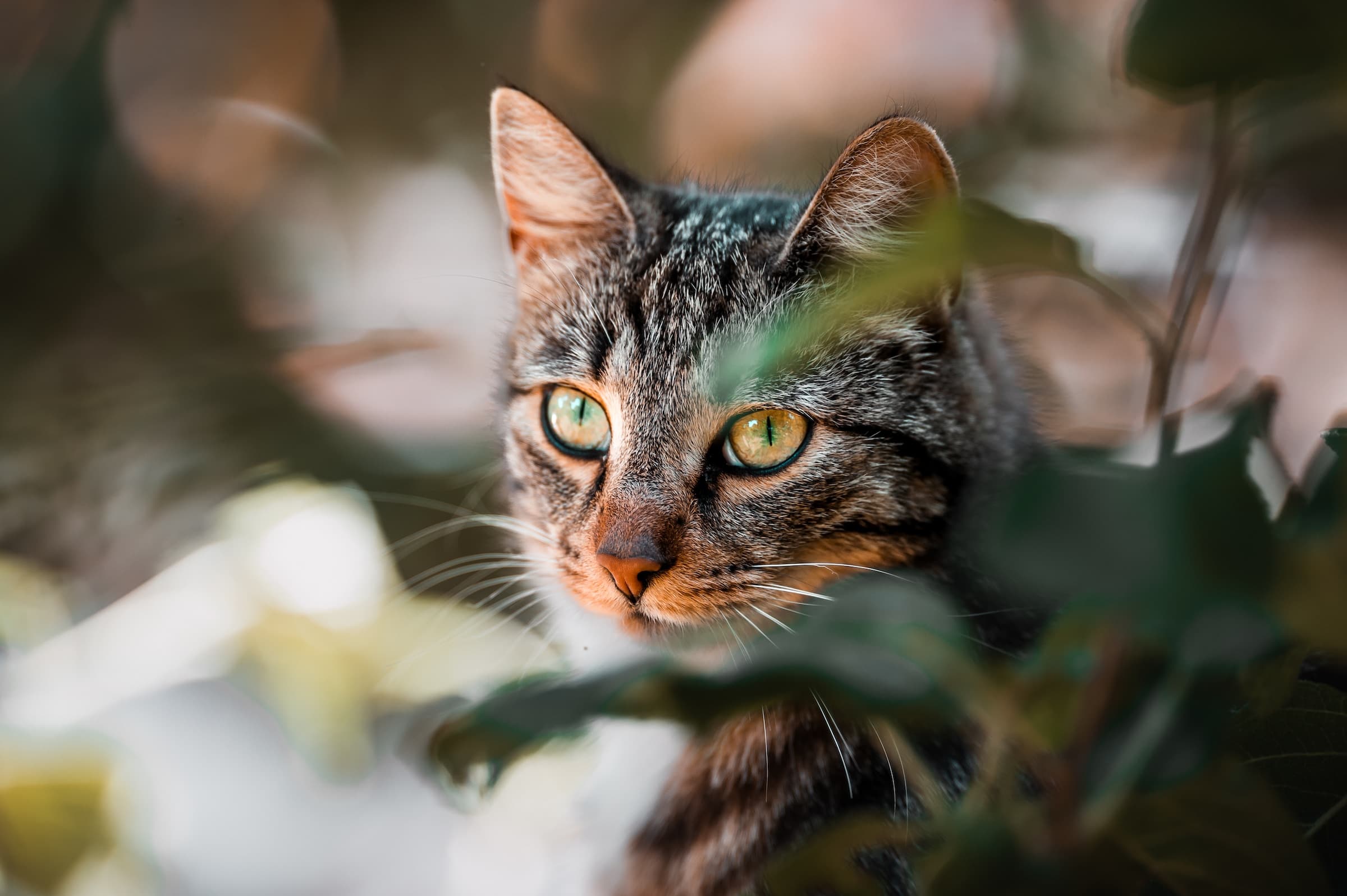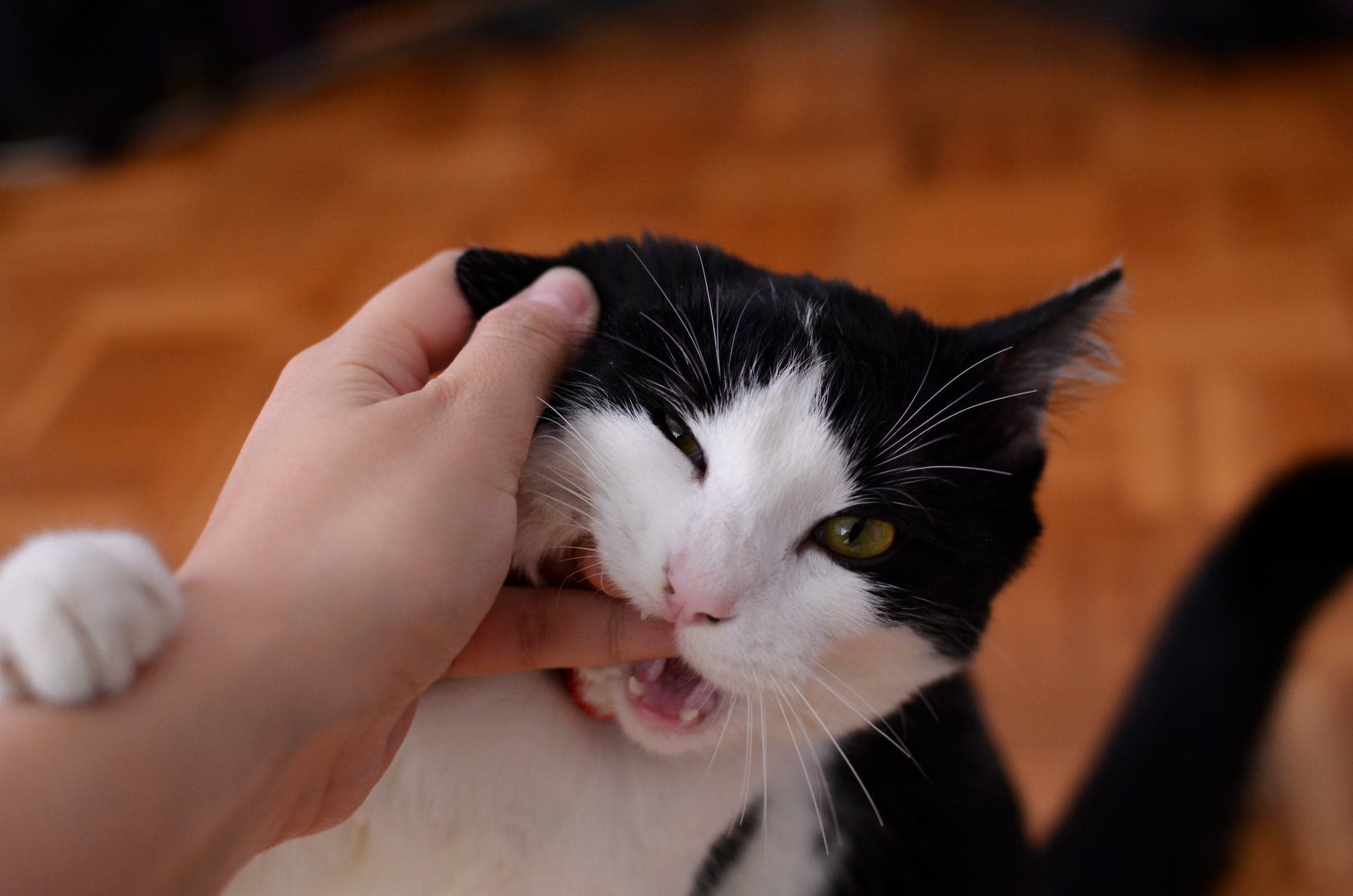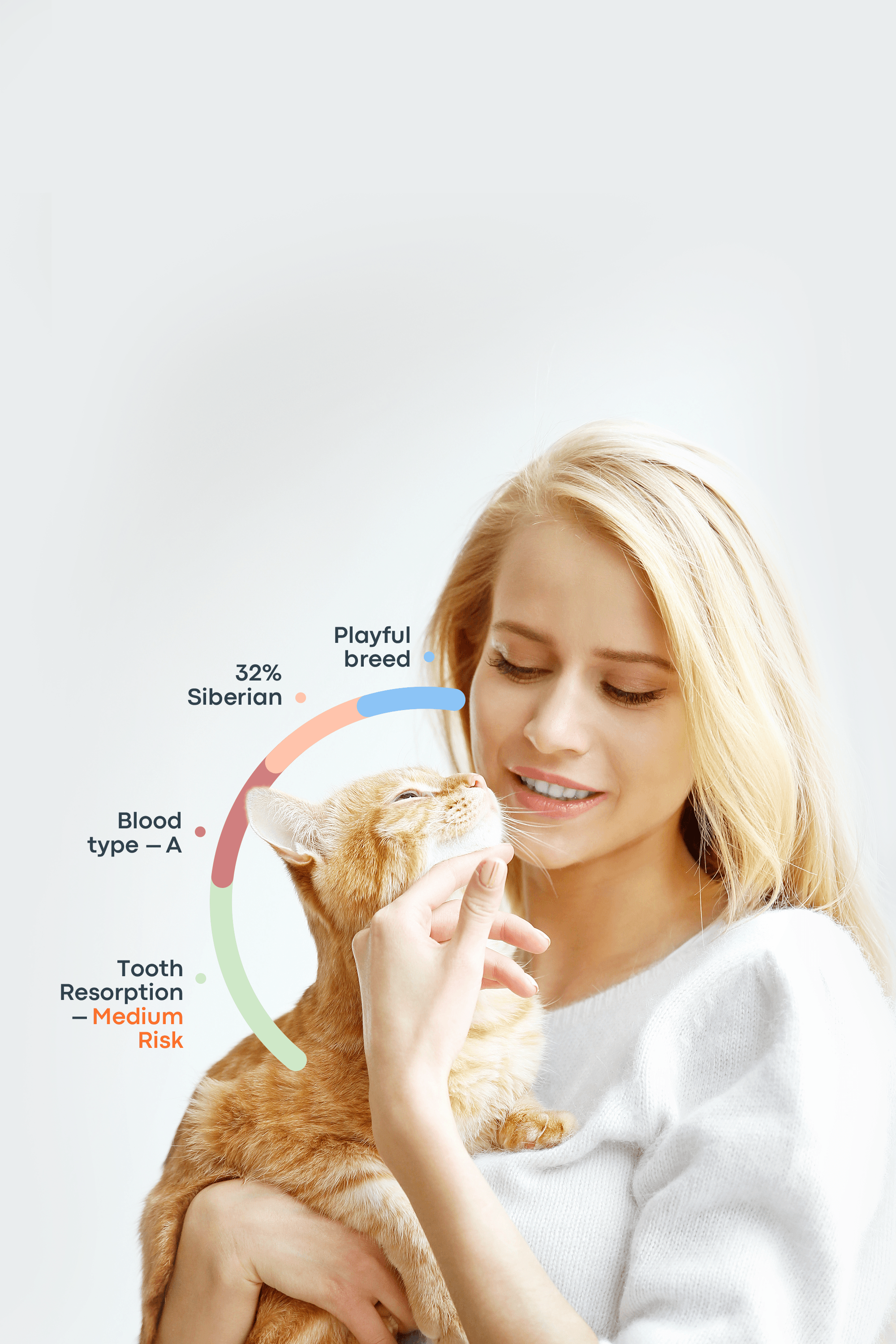
Cat Fun Facts


Whether they're playful kittens or wise old cats, their unique personalities never cease to amaze. In this article, we'll embark on a journey through the world of cats, exploring the most adorable breeds and specific felines that have stolen hearts worldwide.

The mysterious and graceful nature of cats have long captured our attention and birthed a particular feline myth: cats have nine lives. Is this really true? Do cats have nine lives? This article delves into this topic and attempts to provide an exhaustive answer.

Discover the fascinating world of feline affection as we unravel the mysteries behind "How do cats show affection?" Explore the subtle cues, gestures, and behaviors that reveal your cat's affectionate side in our in-depth guide. Soothe your curious mind and deepen your bond with your furry companion as we delve into the realm of feline love.

